“As lovely as the winter sun,” says a Chinese expression that describes those who are so kind that others are drawn to them and want to be near them. They bring people the type of warm feeling one has when with someone close and dear.
This expression is just one from a treasure trove of idioms and sayings from traditional Chinese culture that can help in bringing warmth and nourishment to our hearts during the chill of winter.
“In the cold of winter, embrace [cherish] ice; in the heat of summer, grasp [master] fire,” another Chinese saying suggests.
Let these words serve as a source of encouragement amid adversity, hardship, or failure. Recognizing the gift and opportunities behind challenges can help us lift ourselves up and find the inner strength and resources we need to tackle and grow from the situation.
On Filial Piety
The idiom “in the winter, warm; in the summer, cool” speaks to all sons and daughters about the virtue of filial piety.The idiom originates from “Liji,” or the “Book of Rites,” a collection of writings by Confucian scholars that describe the rules of conduct and ceremonies of the Zhou Dynasty (1046–221 B.C.).
The original words in “Liji” state: “The rule of propriety for all sons [offspring] is to warm [their parents’ bed] in the winter, cool [their bed] in the summer, put everything in order [for their rest] in the evening, inquire [about their health] in the morning, and not to quarrel with companions.”
The last part offers young people important guidance on living in harmony with others, including one’s siblings, so as not to displease one’s parents or cause them worry.
Gentlemen of Winter
In traditional Chinese culture, the pine, bamboo, and plum—plants that stand out from the rest as the weather gets cold—are known as the “Three Friends of Winter.”The pine, bamboo, and plum are linked by their charm and endurance in the harshness of winter. They don’t wither like many other plants do. Instead, they remain standing proud and determined, as if reminding people of the promise of spring, renewal, and the bright future to come. As symbols of integrity and noble character, they are held in high esteem in Confucian tradition and represent the ideal qualities of a gentleman.
The Dignified Pine
The evergreen pine has a dignified personality that conveys peacefulness and stability. It’s always fragrant and green. With a straight, tall, and sturdy trunk, it looks as if it’s capable of reaching the sky, like an upright human being. The pine is also a symbol of longevity due to its ability to withstand and even flourish in severe environments.In Chinese culture, the pine is often paired with the cypress to refer to gentlemen of honor. In “The Analects” of Confucius (551–479 B.C.), the sage said, “It’s only in the very cold season that we become aware of the firmness and faithfulness of the pine and cypress, as the last of the plants to wither.”
This is the origin of the saying “knowing the pine and cypress in winter,” which also expresses the idea that only through a severe and rigorous ordeal can a person’s true character be seen.
The Bamboo, Strong and Flexible
The bamboo is a symbol of elegance, purity, and broad-mindedness, representing a personality that’s modest yet has strong self-esteem. It’s not afraid of cold, heat, or wind, and despite ups and downs in temperature and changes in weather, it continues to grow green and upright. It’s strong and durable, resilient and flexible, and able to bend and adapt to any circumstance.The ancient Chinese likened the bamboo to the cultured qualities of a scholar-gentleman, and many scholars used to enjoy living amid bamboo. Song Dynasty poet and essayist Su Shi (1037–1101) loved bamboo so much that he once said: “I would rather go without meat than live in a place without bamboo. Having no meat will make one thin, but having no bamboo will make one coarse (vulgar).”
Plum Blossoms in Snow
As for the plum tree, its graceful blossoms start to bloom even in the bitter cold of winter, when snow is still on the branches. People admire the plum for its strong and courageous character amid hardship. It displays humility and a lofty endurance, not yielding to the elements but rather standing as a sign of the boundless vitality of spring and a symbol of hope for the future.
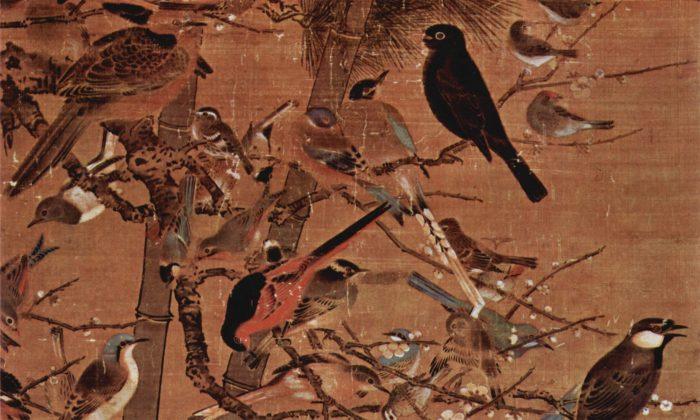
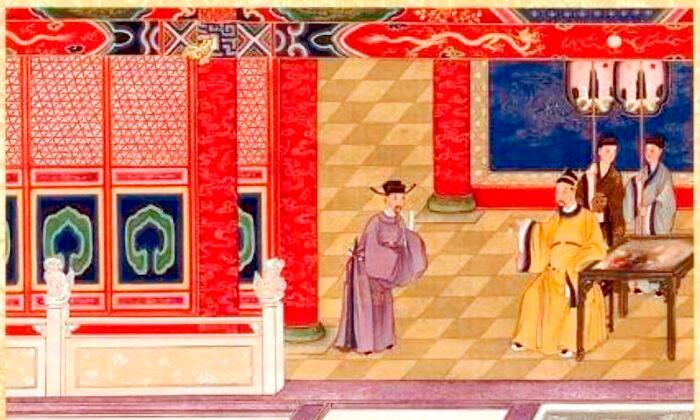
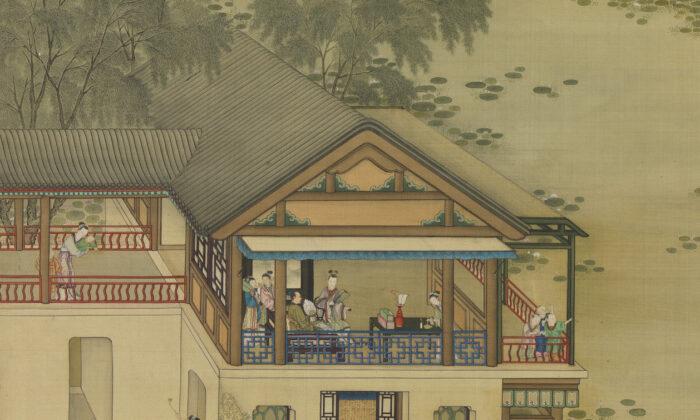
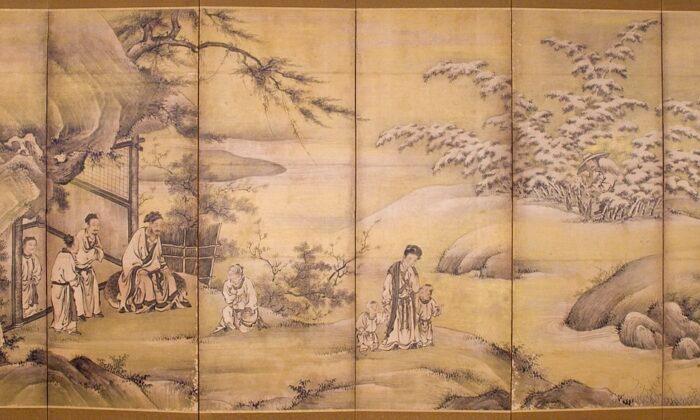
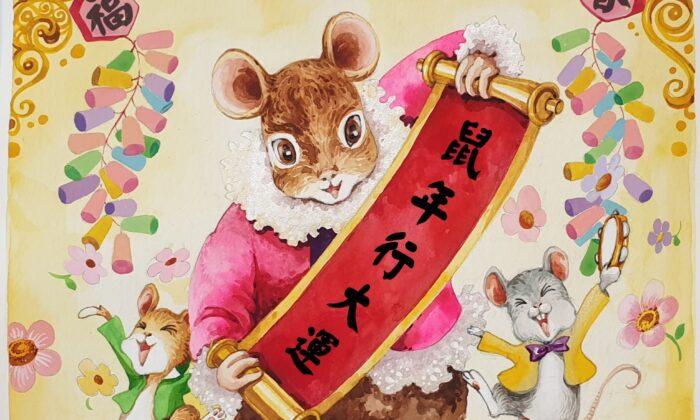
Friends Read Free